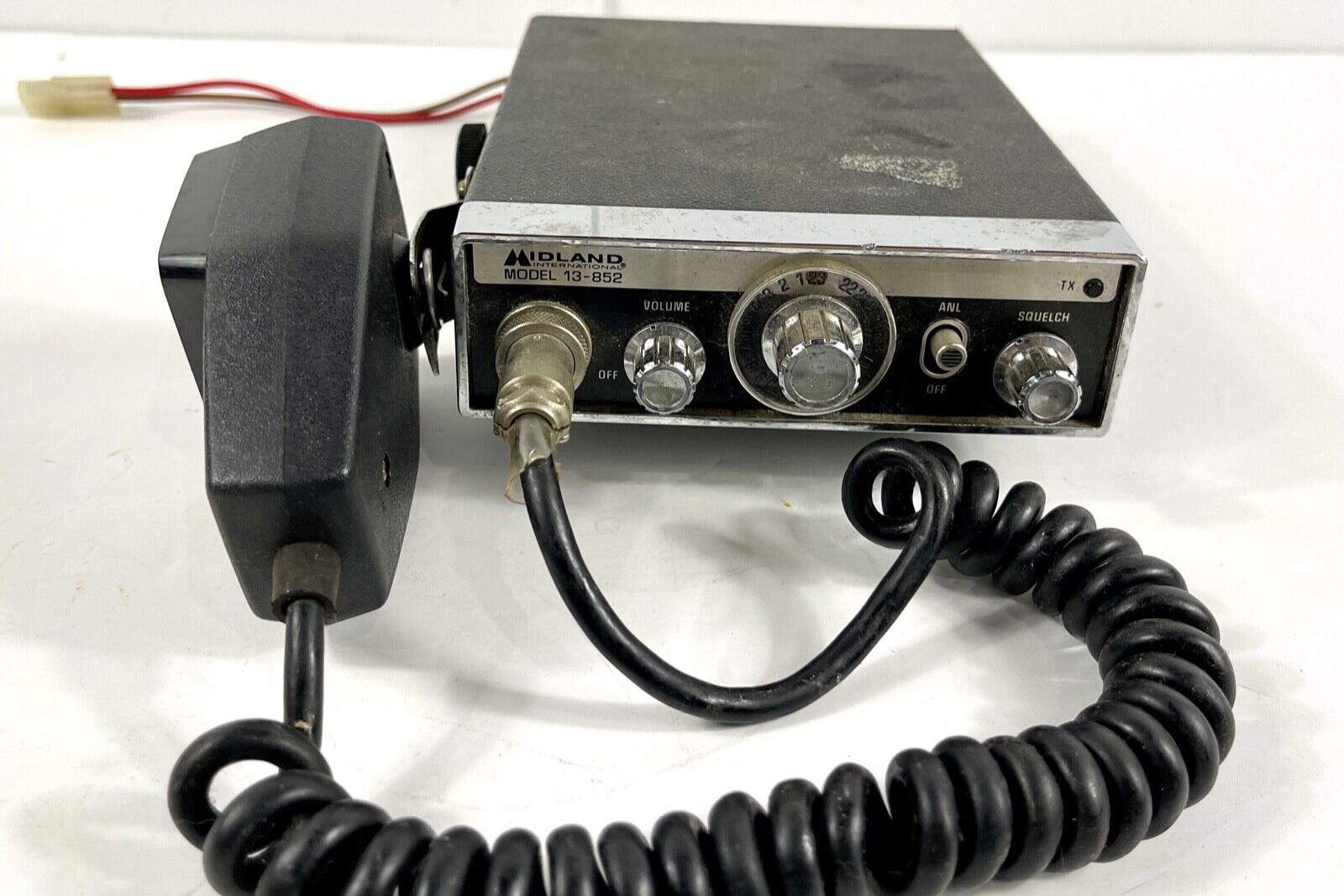
CB radio, short for Citizens Band radio, has been a staple of communication for decades. But what makes it so special? CB radios are unique because they allow people to communicate over short distances without needing a license. Truckers, hobbyists, and even emergency responders have relied on these devices for quick, reliable communication. Did you know that CB radios operate on 40 channels within the 27 MHz band? Or that they gained massive popularity in the 1970s thanks to movies and songs? Whether you're a seasoned user or just curious, these 25 facts about CB radio will give you a deeper appreciation for this fascinating technology. Buckle up and get ready to learn!
What is CB Radio?
CB radio, or Citizens Band radio, is a system of short-distance radio communications. It became popular in the 1970s and remains a favorite among truckers, hobbyists, and emergency responders. Let’s dive into some fascinating facts about CB radio.
-
Origins: CB radio was created in the United States in 1945 by the Federal Communications Commission (FCC).
-
Frequency Range: CB radios operate on 40 channels within the 27 MHz (11 m) band.
-
No License Required: Unlike other radio services, CB radio does not require a license for operation in many countries, including the U.S.
-
Channel 9: Channel 9 is reserved for emergency communications and traveler assistance.
-
Channel 19: Truckers commonly use Channel 19 for general communication and traffic updates.
Popularity and Culture
CB radio has not only been a tool for communication but also a cultural phenomenon, especially in the 1970s.
-
CB Slang: Users developed a unique slang, like "10-4" for acknowledgment and "Smokey" for police.
-
Movies and Music: Films like "Smokey and the Bandit" and songs like C.W. McCall's "Convoy" popularized CB radio culture.
-
Handles: Users often adopt "handles" or nicknames, such as "Rubber Duck" or "Bandit."
-
CB Clubs: Enthusiasts form clubs and groups to share tips, stories, and organize events.
-
Home Base Stations: Some users set up powerful home base stations to communicate over longer distances.
Technical Aspects
Understanding the technical side of CB radio can enhance your appreciation of this communication tool.
-
AM and SSB: CB radios use Amplitude Modulation (AM) and Single Side Band (SSB) for clearer, longer-range communication.
-
Range: Typical CB radios have a range of 1-5 miles, but with ideal conditions, they can reach up to 20 miles.
-
Antenna Importance: A good antenna significantly improves range and clarity.
-
Power Output: CB radios are limited to 4 watts of power output by the FCC.
-
Modifications: Some enthusiasts modify their radios for better performance, though this can be illegal.
Practical Uses
Beyond hobbyists, CB radios serve practical purposes in various fields.
-
Trucking: Truckers use CB radios for traffic updates, weather reports, and social interaction.
-
Emergency Communication: CB radios are vital during natural disasters when other communication methods fail.
-
Off-Roading: Off-road enthusiasts use CB radios to stay in touch during adventures.
-
Boating: Some boaters use CB radios for communication on inland waterways.
-
Event Coordination: Organizers of large events use CB radios for efficient coordination.
Modern Relevance
Despite the rise of smartphones and the internet, CB radios still hold relevance today.
-
Backup Communication: CB radios serve as a reliable backup when cell networks are down.
-
Privacy: CB radio conversations are more private compared to digital communications.
-
No Monthly Fees: Unlike cell phones, CB radios have no monthly service fees.
-
Community Building: CB radio fosters a sense of community among users.
-
Learning Tool: CB radio can be an educational tool for learning about radio technology and communication skills.
The Last Word on CB Radios
CB radios have a rich history and continue to be a fascinating piece of technology. From their origins in the 1940s to their peak in the 1970s, these devices have played a crucial role in communication. Truckers, hobbyists, and emergency responders still rely on them today. They offer a unique way to connect, free from the constraints of modern digital communication.
Understanding CB radio lingo, channels, and etiquette can make using one a lot more fun. Whether you're interested in the technical aspects or just want to chat with fellow enthusiasts, there's something for everyone. So, if you've ever been curious about CB radios, now's a great time to dive in and explore this timeless technology. Happy chatting!
Was this page helpful?
Our commitment to delivering trustworthy and engaging content is at the heart of what we do. Each fact on our site is contributed by real users like you, bringing a wealth of diverse insights and information. To ensure the highest standards of accuracy and reliability, our dedicated editors meticulously review each submission. This process guarantees that the facts we share are not only fascinating but also credible. Trust in our commitment to quality and authenticity as you explore and learn with us.
